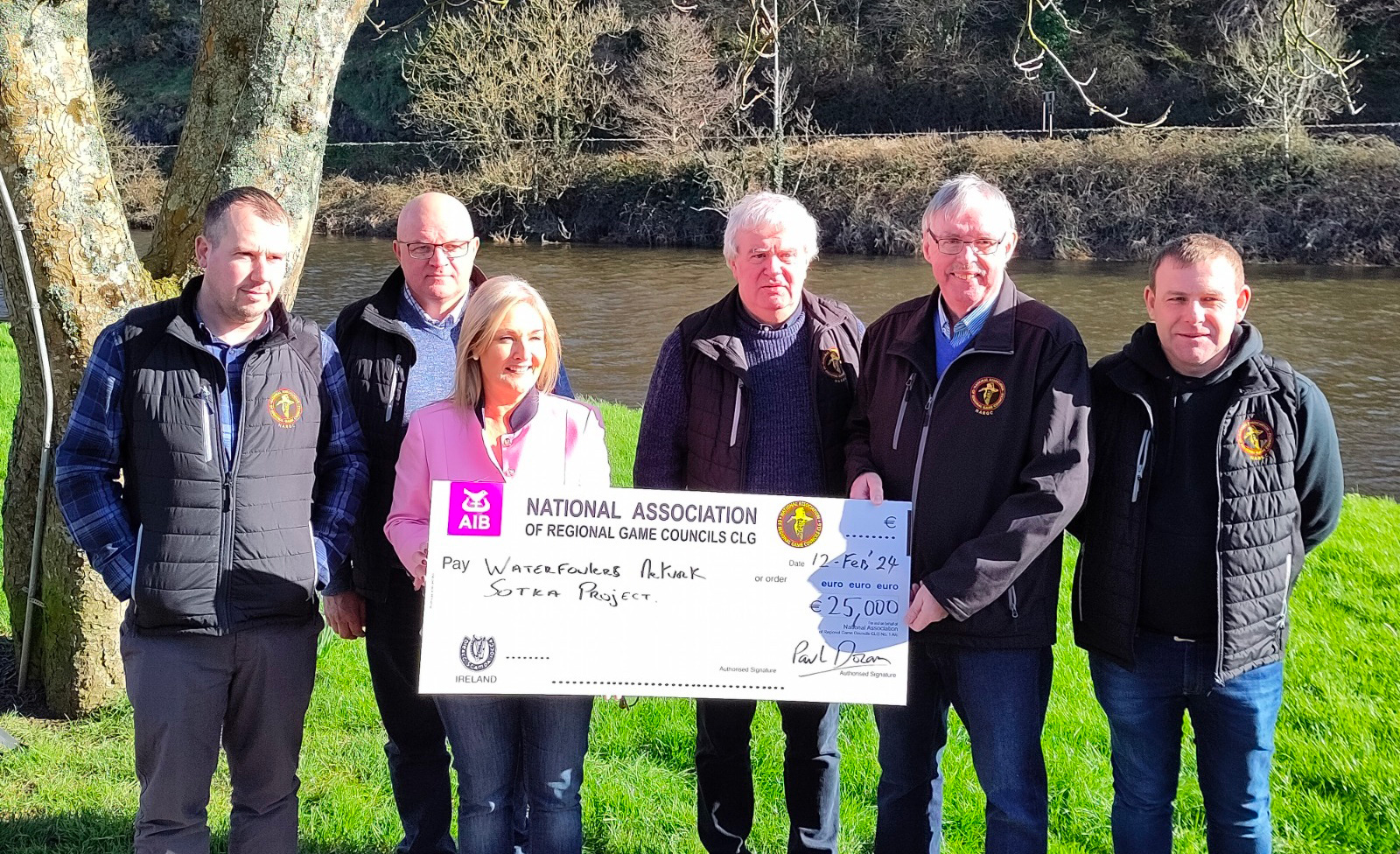
21 Feb 2024 The Waterfowlers’ Network: Investing in Waterbirds
FACE is just returning from the annual Waterfowlers’ Network meeting. This group aims to make the world a better place for birds and waterfowlers alike, by improving data collection, restoring habitats, and actively engaging in sustainable management of waterbirds.
This year’s meeting was held on 12 February 2024 in Ireland hosted by the National Association of Regional Game Councils (NARGC), the largest voluntary organisation in Ireland involved in game shooting and conservation. A wide range of actions were agreed, with a highlight being a generous donation by the NARGC of €25,000 towards the Finnish SOTKA-project – led by the Finnish Wildlife Agency – and various other pivotal projects managed by the Waterfowlers’ Network. This contribution solidifies NARGC’s dedication to this project.
The SOTKA-project is a large-scale habitat restoration strategy by the Finnish Ministry of Agriculture and Forestry which aims at restoring ducks’ breeding habitats in boreal wetlands of Finland, where some of the best North-Western European breeding areas for migratory waterbirds are found. These breeding areas play an essential role in strengthening the waterfowl populations wintering in other countries in Europe.
The project is a bottom-up and landscape approach, which focuses on improving the status of waterfowl populations, especially species such as the Northern Pintail (Anas acuta) and the Eurasian Wigeon (Mareca Penelope) that are highly demanding with respect to their habitats. To do so, shallow lakes are created, which are prime brood habitat for dabbling ducks.
In addition, the project ensures that the birds’ nests are protected from certain predators in valuable waterfowl habitats, including wetlands and archipelago areas. Hunters play a key role in this respect. While there is a focus on ducks and game species, a numerous array of wildlife is benefitting from wetland restoration.
The NARGC donation of €25,000 to the project will ensure the creation of one wetland per year for 5 years! This is a significant contribution to waterfowl conservation and worth celebrating.

